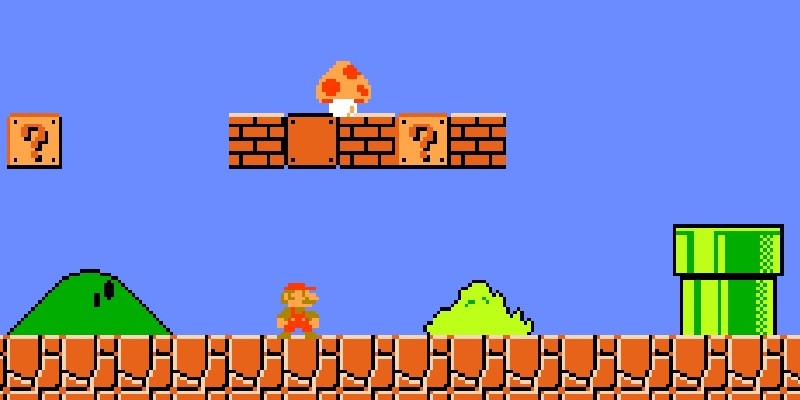Growing up in the 80s and 90s meant, lots of fun outdoors and indoors–with indoor gaming taking a new sphere of influence and attention to children and adults alike.
The sphere continued to grow into what became the gaming industry of today, with technology companies across the globe try to get their bite out of the gaming pie.
The arrival of home gaming isn’t something that fades out of memory, whether you enjoyed curling up with Tetris on a Gameboy, rolling around as Sonic on a Sega, or were just trying to ignore the loud beeping sounds coming from the next room.
Computer games had made into our daily lives and although fans had their preferences, everyone was hooked at the time.
Fast forward to present time and some game veterans and passionate players are still looking back in time to find their fix and have fun.
Technology Journalist and Retrogame Collector says, “While there’s definitely an element of nostalgia, it’s important to recognise how well designed many of those classic games are,
“The developers had so little space to work with – your average Sega Mega Drive or SNES cartridge had a maximum capacity of just 4MB – and limited graphics and sound capabilities.”
While considering these words, it is noteworthy to mention that the average game now weighs in at a heavy 40GB in data.
But these limitations did not stop them from making some memorable games.
Veteran gamers such as Gemma Wood, from Basingstoke, has never put her Nintendo GameCube in the loft despite having it for more than 15 years, according to BBC tech.
“I love it, in fact I was playing Mario Sunshine and Mario Kart Double Dash yesterday,” she said.
“I really could not get on with the controls on the Wii [a more recent Nintendo console] and, with retro consoles, most of the games are cheap because they are second hand.
“Newer consoles and their games are incredibly expensive. I understand that a lot of hard work has gone into the design etc, but how can anyone justify £50 to £60 for a game that you might not even enjoy?”
For others, it is a chance to show their children the computer games they grew up with.
Howard Gardner, from south London, has revived his love of the Amstrad CPC and cannot wait to see the faces of his sons and daughter.
“Five years ago, when clearing out my uncle’s house, I found another CPC, restored it to working order and re-acquired some of my old favourite games from eBay – and a laughably outdated 3D modelling package,” he said.
“I don’t get a whole lot of time to use it, but I plan to show the children the games I used to play and film a reaction video!”

